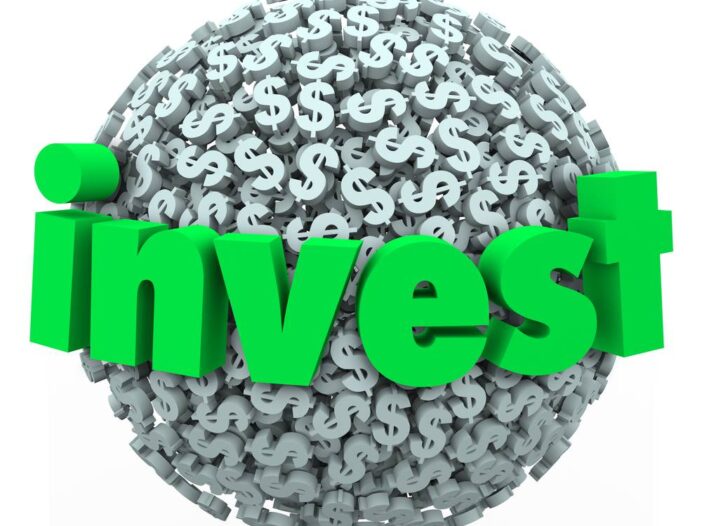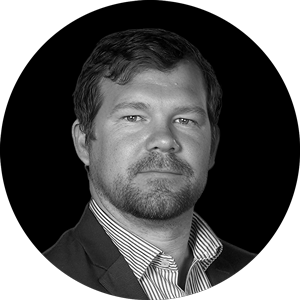In today’s Money Morning…a framework for unreality…three areas of certainty for 2022…this area of biology is potentially revolutionary…and much more…
Last week, I wrote about how we were already living in a kind of Metaverse.
We’re in a world where everyone’s version of reality is shaped by their individual perception of the world around them.
Whether what they perceive is real or not!
Worryingly, this might actually be the way the physical universe works too.
The father of modern quantum physics, Werner Heisenberg, notably said:
‘[T]he atoms or elementary particles themselves are not real; they form a world of potentialities or possibilities rather than one of things or facts.’
But I’m not here today to get all esoteric on you, I’m here to answer the question I posed at the end of last week’s piece.
Namely…
How do you invest in a world where no one can agree on what is real?
Inflation — transitory or permanent?
Julian Assange — hero or villain?
Economic growth — a function of Moore’s Law or a function of infinite debt?
It’s a tough gig putting money on the line in such a world.
Luckily, a wildly successful investor developed a framework for just such a world, which I’ll share with you shortly.
Then, I’ll point you to three areas I think could be lucrative in 2022 based on this strange idea.
Let’s start with…
How to Limit Your Risks While Trading Volatile Stocks. Learn more.
A framework for unreality
George Soros — the man who famously broke the Bank of England — developed the following framework for trading human psychology.
Funnily enough, he’s a person who is either the embodiment of capitalist greed, or a socialist infiltrator — depending on who you believe!
Soros lived through fascism and communism as a child in his native Hungary through the Second World War, so he understood how reality could change fast.
And when he moved to the US, he made big money by riding patterns of human psychology, rather than just gauging economic realities.
To do this, he came up with a novel concept he called reflexivity.
It’s based on the idea that feedback loops between expectation and economic fundamentals can cause price changes that in turn change the reality of the situation.
As Soros explained in 2009:
‘I can state the core idea in two relatively simple propositions. One is that in situations that have thinking participants, the participants’ view of the world is always partial and distorted. That is the principle of fallibility.
‘The other is that these distorted views can influence the situation to which they relate because false views lead to inappropriate actions. That is the principle of reflexivity.’
Think about that for a second…
He’s saying people’s views can be wrong but still affect the reality of the situation they’re in.
It’s not an idea you’d hear about in any economic or investing textbook, and it’s still shunned by the mainstream today, despite Soros’s success in applying it.
But to me, it’s quite brilliant.
A good investing example is the electric car pioneer, Tesla Inc [NASDAQ:TSLA].
For years, critics have derided its rise to become the most valuable car company in the world.
They point out that Toyota — which is worth almost two and half times less than Tesla — has 10 times the sales and is 20 times more profitable (net income) and say Tesla’s valuation is ridiculous.
Maybe they’re right.
But what they missed in Tesla’s rise was that many people believed the story with almost religious fervour. They bought into Elon Musk’s ‘Tony Stark’ persona and the whole electric car growth story.
Here’s the thing…
This fervent belief actually had a tangible benefit for Tesla’s economic fundamentals.
It meant they could easily issue shares to raise money through the start-up phase, and therefore reduce their cost of capital to almost zero.
This is something other companies would struggle to do in similar circumstances.
As Yahoo! Finance explained:
‘For example, towards the end of last year, Tesla announced it would be raising $5 billion through an at-the-market offering of shares. A few years ago, this sort of cash call would have had a substantial negative impact on the stock price, but the market was happy to absorb the extra shares on this occasion. This provided Tesla with a massive cash infusion to fund its growth program. I think it’s unlikely this would have been possible without the backing of the market.’
Tesla rode the public perception that electric cars were the future and, as the world moved in that direction, they’ve benefitted from easy access to funds while maintaining a substantial valuation.
Of course, perceptions can change fast and when they do, share prices can fall faster.
Soros frequently made money betting on such situations unravelling too.
But don’t just think of this type of investing as ‘riding a hype train’.
Understand that with ‘reflexivity’, there’s an actual change to the underlying reality caused by the perception as well.
That’s the key point.
With that out of the way, let’s look at some key areas to invest in for 2022 in our unreal world.
Three areas of certainty for 2022
First up, the Metaverse…
I’ve no idea if Facebook’s Metaverse pivot will be a success or not. But I do know a lot of people will think it will be.
And, using reflexivity, you can easily see how this could benefit all kinds of companies in the virtual reality software and hardware industries, whether it’s a dud or not.
Personally, I’ll be looking for ideas in big data — things like microchip makers, data centres, telecom’s infrastructure, and the like. I’ll also be looking for gaming companies which I think will be the first ones to capture the public’s imagination on this.
One weird idea I was exploring in my head was the idea that Ticketek could sell one million ‘front-row’ seats to big events — think UFC or a music concert — using VR headsets.
Imagine what that would do for sales of live events when they’re no longer constricted by physical space!
Another idea — albeit a scary one — is a big debt unwind.
Right now, central banks are playing a game of chicken with markets. They’re trying to talk up tapering and impending interest rate rises, but no one knows if they’ll actually go through with them.
The reflexivity with debt is obvious.
As asset prices rise, debt levels rise too as lenders feel safer lending on higher valuations.
But be aware, this process plays out in reverse too. Simply put, access to debt dries up when valuations drop.
So if central banks do tighten by increasing interest rates — even a little bit — we could see asset prices dramatically fall.
Something for property investors to consider.
Lastly…
The genie is out of the bottle for mRNA treatments due to Moderna and Pfizer’s successful COVID vaccines.
This area of biology is potentially revolutionary.
It’s the idea that we can treat diseases like cancer by programming our bodies to fight them at the molecular level — the level of our DNA.
I expect a tidal wave of investing cash to move to this area of biotech due to Pfizer and Moderna’s success, and this part of the biotech sphere will benefit in the same way Tesla did.
Not only could that create some insanely high valuations in this particular area of biotech, but it could also create some really mind-blowing health treatments over the next decade.
I think 2022 will be a big year for all three of these ideas.
Good investing,
 |
Ryan Dinse,
Editor, Money Morning
PS: Ryan is also editor of New Money Investor, a monthly advisory aimed at helping investors take an early-mover advantage as decentralised finance and digital money take over the world. For information on how to subscribe and see what Ryan’s telling his subscribers right now, click here.

